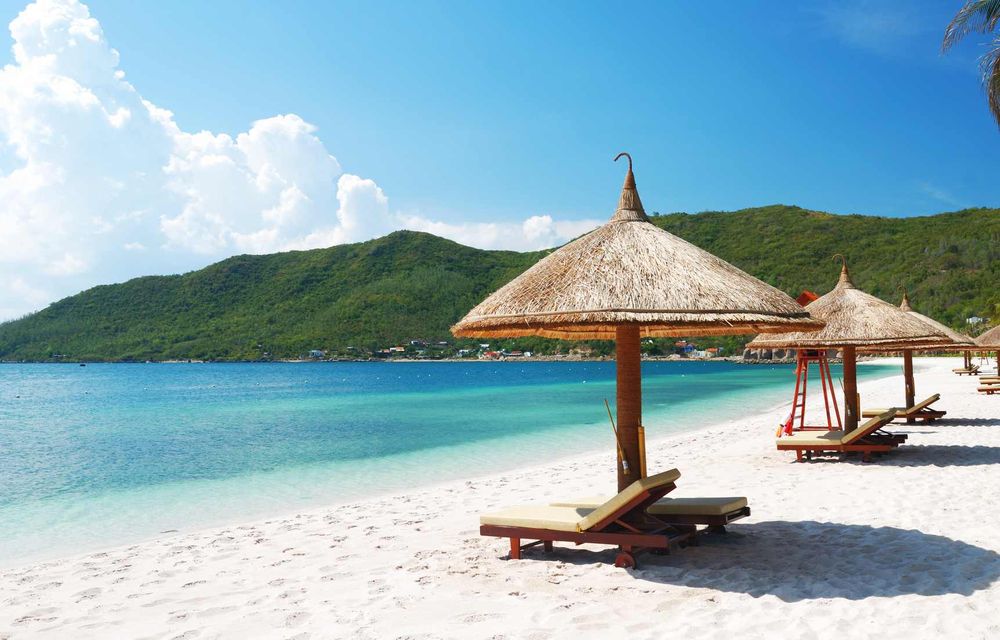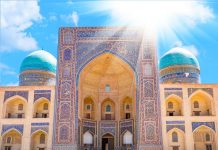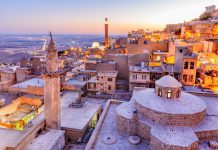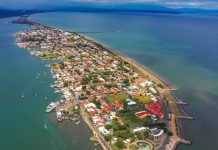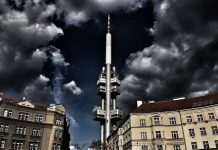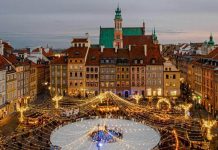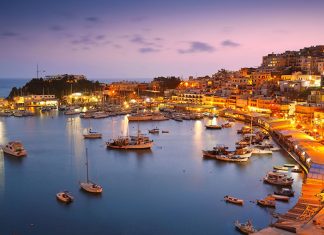Highlights
Sofiahas been likened to Paris because of its broad boulevards, open-air cafes, large parks, upscale shopping, night life and grand buildings. The 5,000-year-old capital is situated at the foot of Mount Vitosha. Sveti Georgi Church, which dates back 1,600 years, and the crypt in the Alexander Nevski Cathedral, are important sites. St. Sofia (6th century) is the city’s most famous church.
Plovdivis 1,000 years older than Sofia and the second-largest city. Visitors can discover 4th-century B.C. Thracian wall paintings, the Roman amphitheater, Byzantine and medieval fortifications and 15th-century Ottoman mosques.
Veliko Turnovowas the capital of the Second Bulgarian Kingdom (1185-1396). Built on two steep hills above the Yantra river, a fortress gate provides the only access to the summit. Frescoes adorn the massive walls and towers. Here also are the medieval district of Asenov; the tower of Baldwin of Flanders, a famous Crusader; and the 14th-century Preobrazensky Monastery.
Koprivshtitsais a museum town where the atmosphere of the National Revival Period (18th-19th centuries) is preserved.
Nesebur, one of the oldest settlements in the Balkans, is situated on a rocky Black Sea peninsula. It has handsome villas and some 40 ancient churches.
Black Sea resortsrun along 130 miles of coastline and include Albena, Golden Sands, Drouzhba and Sunny Beach. You’ll find health spas, resorts, deluxe hotels.
Attractions
National History Museum, Sofia. Houses 4th-century B.C. Panagjurishte gold collection of jewelry, ornaments and dinnerware; Thracian treasures; and the world’s oldest gold dinnerware and jewelry (4600 B.C.)
Rila Monastery(10th century), 70 miles south of Sofia. In a spectacular mountain setting, it is guarded by stone gates and has sunlit verandas.
Bachkovo Monastery, near Plovdiv. Founded in 1083, the monastery contains 11th-century murals. Nearby are the Archangel St. Michael Church (12th century) and the Church of the Holy Virgin (17th century).
SomethingSpecial
Bulgaria supplies 80 percent of the rose oil for the world’s perfume industries from the 75-mileValley of Roses, an enormous natural garden, at the foot of the impressive Balkan mountains. Budding takes place between the end of May and mid-June. The colorful age-old Festival of Roses, centered on Kazanluk, is held on the first weekend in June. Thousands witness the parade of flowers and the coronation of the rose queen, and enjoy entertainment of every description. Special tours are offered.

